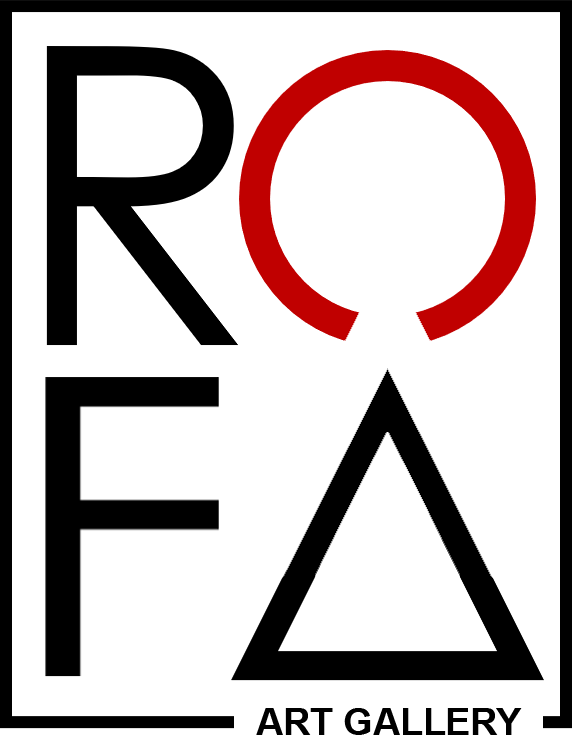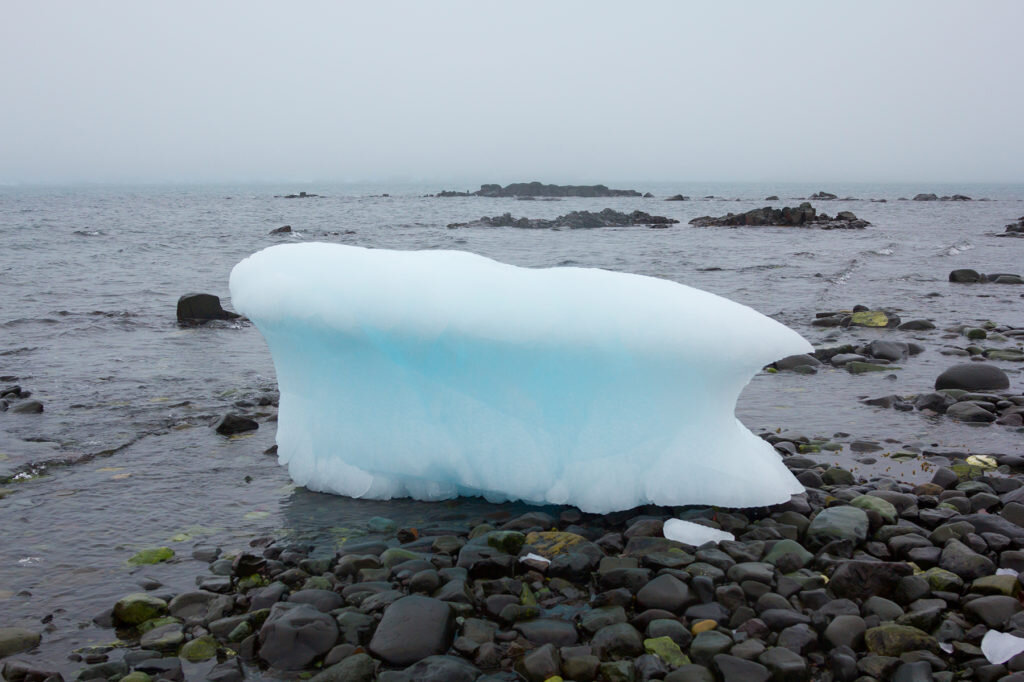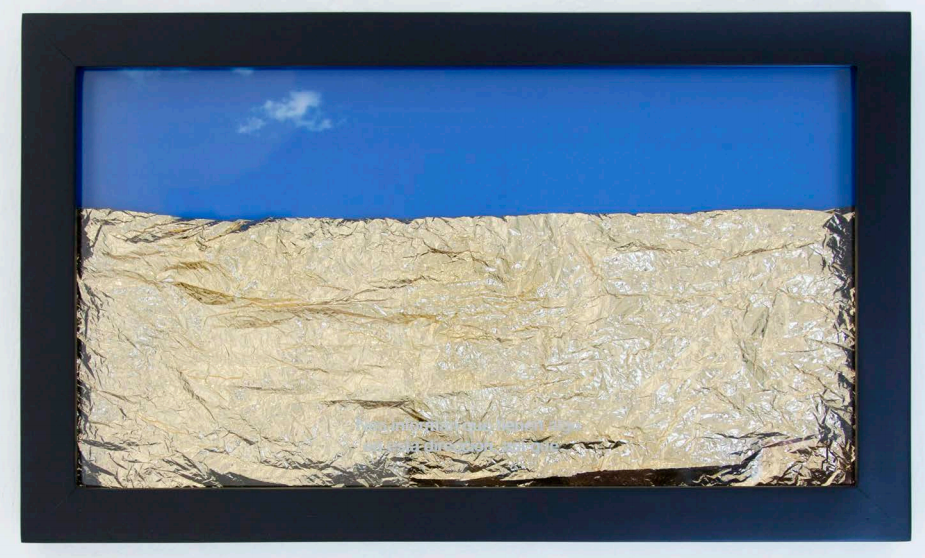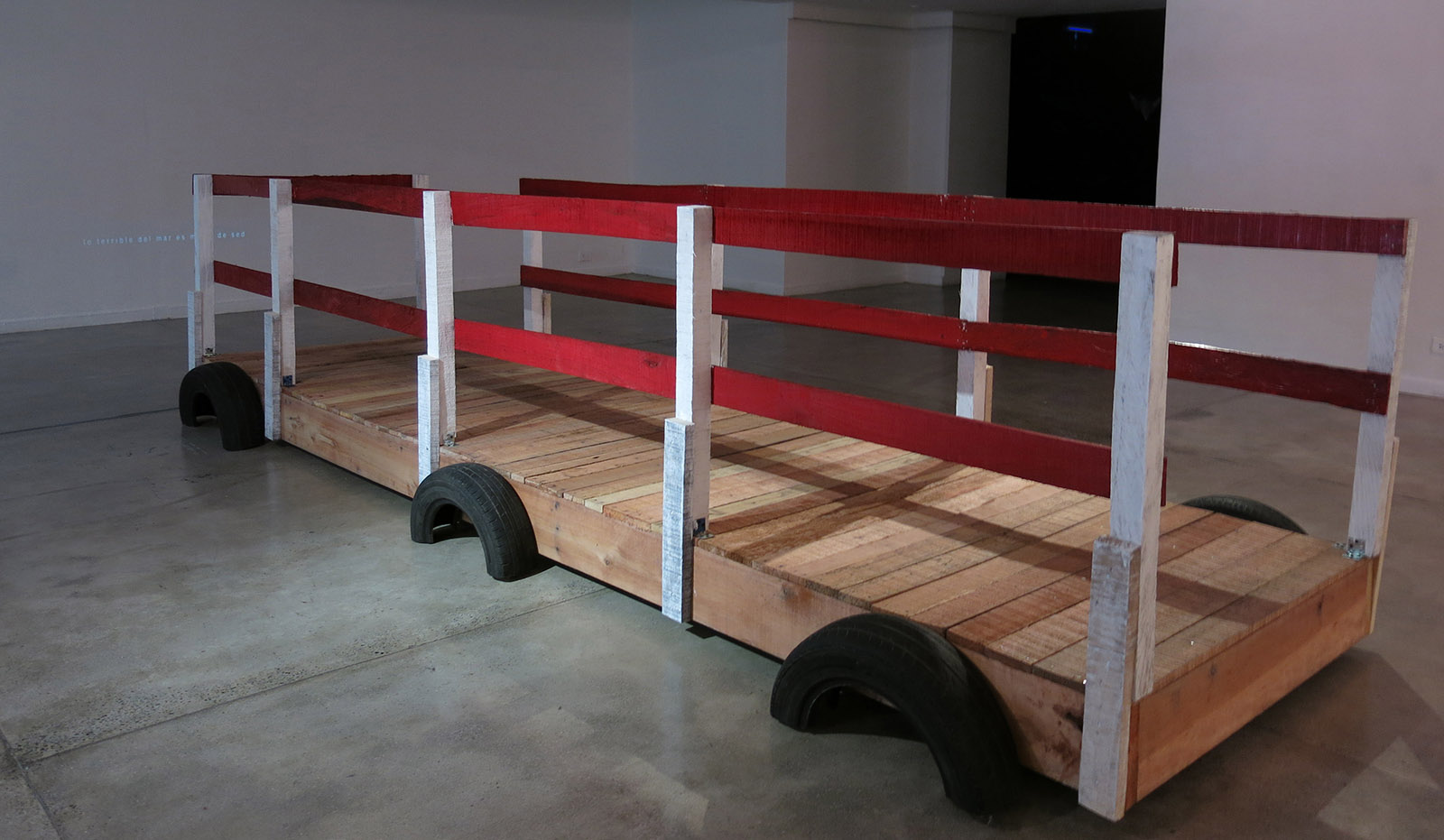Santiago Velez
Vélez 's obsession is experimentation; the presence of water has been a thematic and conceptual resource in his work. The constant search of the instant and the technical rethinking of photography which is intervened makes his work raise new metaphors that renew it, taking the object to a new context.
Velez’s research as a visual artist is based on basic premises of ecological, social and political concerns related to the environment and looks at water as a determinant element. It focuses on the relationships that these issues establish with man and his communities. Through installations and multidisciplinary languages he establish links, intersections and divergences between global realities that erupt in specific areas of society.
Puertas al mar. Through research into migration problems existing in the Mediterranean, he began to find many references speaking metaphorically about the real, utopian and sarcastic possibilities related to the problem and its imminent need to do something about it.
Phrases like “The sea that became the border", “the random coast", “stem the sea", “The Crystal Frontie" among many others, are constantly repeated in the headlines that don’t seem to have fixed time frames but serve to show that the problem is cyclically getting worse. Such metaphors have such a strong symbolic meaning that only thinking about them make their materialization possible. He is working is “put doors on the sea and is the sea itself to decide its actual use”.
Dignity Dignity is the fusion of two elements: on the one hand the fragility, brightness, fluidity and thin transparency of the thermal blankets that also serve to warm the bodies of the migrants after enduring the inclemency of the cold and uncertain journey through the Mediterranean . And on the other hand, the data, the figures, the proliferation of documentaries, reports, news, reports, which deal with everything, which scrutinize even the most invisible nimity, this time summarized in three rescue actions of Doctors Without Borders
Ley de parámos A bill has been pending in the Senate of Colombia for over five years that seeks to protect the moorlands against illegal mining. But even with the excessive and obvious looting of the land and streams, the law has not yet been approved. At the same time, rivers are still being polluted with mercury, the riverbeds are still losing their regular canals and wealth continues to be lost in the delusion that the wealth of gold provides.
Náufragos When Vélez arrived to Barcelona coincided with a worsening of the migration problems and the news of dozens of people drowning in the Mediterranean Sea every day. By using a metaphor of salvation, he use the buoyancy tubes that many use as a lifeguard to contradict its use: some full of rigid and heavy concrete thatsink and others full of contained and inert water that make up a human weight. The project is supported by the videos HELP and The Sea That Became Border.
Agua oro Agua Oro is the result of an investigation during a residency commissioned for the Contraexpediciones exhibition in the Museum of Antioquia in Belmira -Antioquia, Colombia. The experience looks in depth at the artisanal mining production, at innocence and enslaving, at the presence of water; its uses, misuses and abuses, its sources and dumping, its abundant presence and its silent flight, its cause and its scattered riverbeds.
Barequear In the process of mining, the punt and action are handmade practices that in certain proportion don't affect the rivers and their ecosystems. However, the excessive looting of land and abusive territory practices have left an indelible mark on the landscape. Cuts in the shores and the turning of territories into big brown wells are some of the traces of looting on the womb of the landscape .
BIO
Santiago Vélez (Medellín, 1972 )
He lives and works in Medellín and Barcelona. Plastic and visual artist with Masters degrees in Aesthetics (National University, Medellín, Colombia) and Artistic Production Research (Fine Arts Faculty, Barcelona University, Spain). He is currently working on his PHD Thesis “Geopoetics of water”.
He has presented several individual exhibitions and shown his work in different events in the Colombian context such as ArteCámara at ARTBO (International art fair of Bogotá) and the Bogotá Biennale.
His works are part of important public and corporative collections such as the Library Luís Angel Arango (which belongs to the Bank of the Republic), The Antioquia Museum, The Museum of Modern art of Medellin, Argos and Suramericana de Seguros.
Vélez is both a teacher and a researcher at the University Museum of Antioquia and is Co-editor and founder of Casa Tres Patios, where he developed curatorial functions and managed various cultural projects at the national and international level to expand and improve the cultural and educative practices within the Colombian context.




















